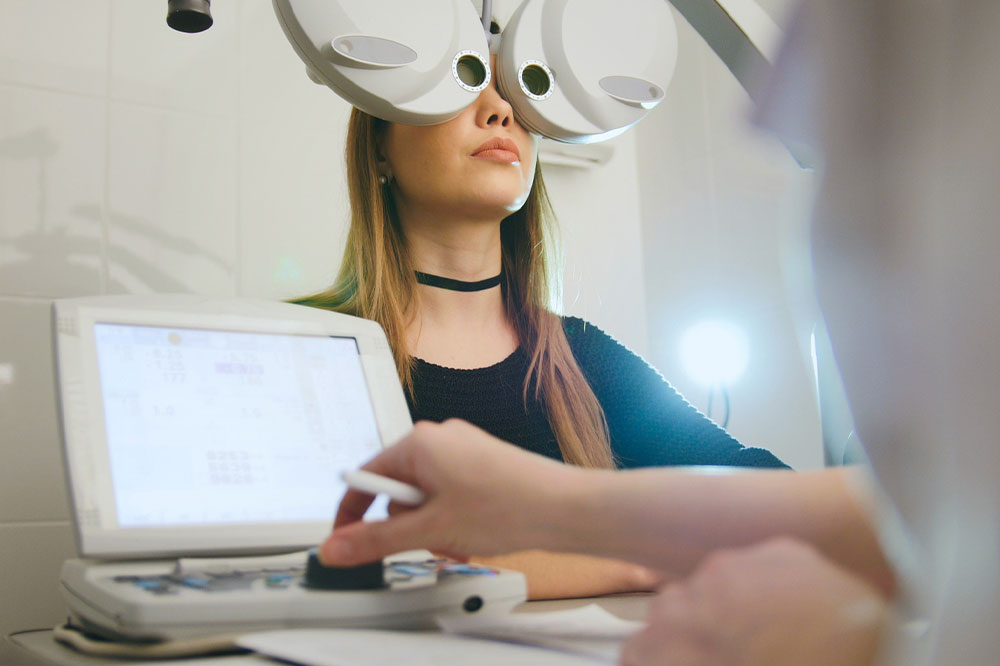
Signs that indicate the need for an eye test
Taking care of eye health is essential for overall well-being. But many overlook the signs that indicate the need for professional attention. This article discusses some additional indicators that should prompt one to prioritize an eye examination, emphasizing the importance of proactive eye care and early detection of potential eye conditions. By recognizing these signs, one can ensure timely intervention and maintain optimal eye health. One of the best ways to ensure optimal eye health is by visiting an eye doctor regularly.
If you’re wondering when to visit the eye doctor, here are the signs indicating the need for an eye test and simple tips for improved vision.
- Blurred or fuzzy vision
If you notice that objects appear hazy or unclear, or if you struggle to read signs or books from a distance, it may be an indication of an underlying vision problem. - Difficulty seeing at night
If you find it increasingly challenging to see in low-light conditions or have trouble driving at night, it may indicate an underlying vision issue. - Eye strain and fatigue
Eye strain and fatigue can occur due to prolonged screen time, reading in poor lighting, or working in an environment with inadequate visual conditions. If you frequently experience eye strain, headaches, dry eyes, or discomfort after extended periods of visual concentration, it’s advisable to schedule an eye test. - Changes in color perception
Color vision deficiencies can manifest as difficulty distinguishing or perceiving certain colors accurately. If you notice a significant change in your color perception or struggle to differentiate between shades, it’s essential to consult eye doctors. - Gradual loss of peripheral vision
Peripheral vision loss can occur gradually and often goes unnoticed until it becomes significantly impaired. If you find yourself bumping into objects or people on the side, or if you experience a narrowing of your field of view, it’s important to seek professional eye care.
Simple tips for improved vision
While regular eye tests are essential for maintaining optimal eye health, there are also simple steps you can take to promote improved vision:
- Practice the 20-20-20 rule
Every 20 minutes, take a 20-second break from your screen and focus on an object 20 feet away. This helps alleviate eye strain and fatigue caused by extended screen time. - Maintain a balanced meal routine
Incorporate foods rich in antioxidants, vitamins (especially vitamins A and C), and omega-3 fatty acids into your meal routine. These nutrients support eye health and contribute to better vision. - Protect your eyes from UV rays
When outdoors, wear sunglasses that provide 100% UV protection to shield your eyes from harmful ultraviolet rays. - Maintain proper lighting
Ensure that your work and living environments have adequate lighting to minimize eye strain. Avoid excessive glare by positioning your computer screen away from direct light sources and using blinds or curtains to control natural light. - Maintain a proper screen-time habit
When using digital devices, maintain a comfortable viewing distance, adjust the screen brightness to match the ambient lighting, and use the “night mode” feature to reduce blue light exposure.
Prioritizing your eye health is crucial for maintaining good vision and overall well-being. You can take proactive steps towards optimal eye health by recognizing signs that indicate when to visit the eye doctor and following simple tips for improved vision. Remember, eye tests are key to early detection and appropriate treatment of any potential eye conditions.




